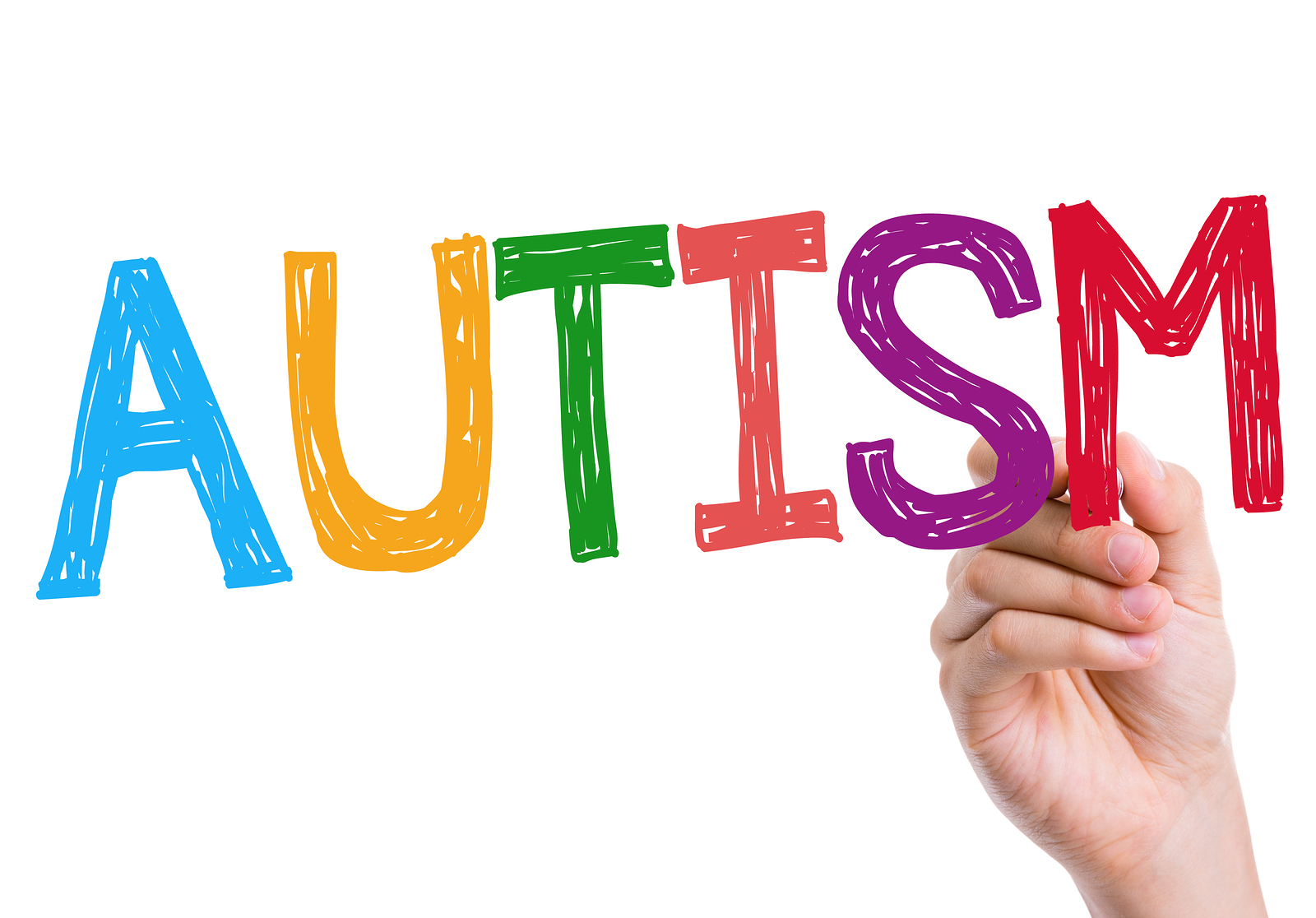[dropcap]Q[/dropcap]uite simply put, behavior analysis concerns itself with how and why human beings learn and behave under different circumstances. Applied behavior analysis or ABA is the practical implementation of that knowledge via behavior changing.
After going through an online behavior analysis program, it is possible to help autistic children and even autistic adults in a number of ways. Let’s now take a look at how exactly changes are implemented.
Socially Essential Behaviors
Socially essential behaviors are a set of essential behaviors necessary for a human being to survive in a society. It may include, but is not limited to, gross and fine motor skills, reading, writing, communication, social skills, eating habits, dressing habits, toileting, basic cooking, livelihood skills, concepts of money, value and time.
ABA can help both children and adults with autism in learning a number of the socially essential behavior sets. Systematic instructions and reinforcement systems can help the person learn life skills, social skills and work skills. Procedures developed to teach them about self-control through self-monitoring further ensure that they are able to keep their jobs and social relationships in the long run. The key to reducing interfering behaviors such as stereotypical behavioral patterns is to cut out the stimulants that bring them about, especially during learning sessions. Finally, it is important to generalize or transfer positive behavior and response from a controlled situation to an uncontrolled real life scenario.
Objective Measurement of Behaviors
If you choose to pursue a course in online behavioral analysis degree at the University of Cincinnati, you will learn that a trained ABA therapist uses quantifiable scientific terms that identify common autistic behaviors in objective terms. What this means is that aggressive behavior, mood swings, and every other problematic behavior will be recorded exactly as they happened, instead of using adjectives. For example, if an autistic child had hit someone twice, it will be recorded by the behavior analyst as two “attempts” at “punching” (or anything specific) during the last “episode.” Similarly, if the child tries to establish a social relationship with another classmate in school, it could be categorized as a successful/unsuccessful attempt to verbalize words of greeting, as deemed appropriate by the patient. This objective measurement of behavior enables the therapist to identify lacking skills and interfering behaviors, as well as setting behavioral goals to eventually overcome the recurring problems.
Discrete Trial Training (DTT)
DTT is the most effective and commonly practiced method of behavior analysis used to teach autistic individuals, especially children. The process involves teaching a particular skill to a person by breaking it up into multiple subcomponents and then teaching each part as a separate skill. Once the skills are mastered independently, the individual is then taught to bring together each of the previously mastered subcomponents as one single complex task. The effectiveness of this process is proven beyond doubt and is most successful in teaching about daily life activities, motor skills and communication skills.
If you are looking for a way to help the autistic children overcome the battles that they face in their daily lives and wouldn’t mind making a career, too, you will have to take up a behavior analysis course. The best part about an online behavioral analysis program is the fact that you won’t have to leave everything that you are doing right now to pursue it.







